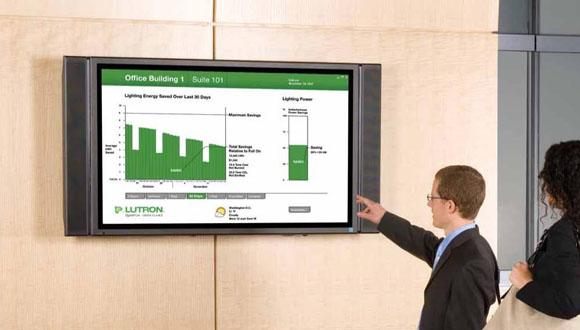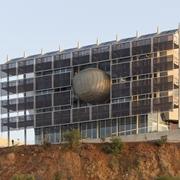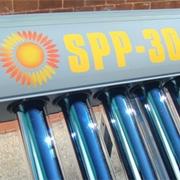Smart Lighting
The PSES Building was designed for maximal exploitation of natural lighting, available in abundance in sun-soaked Israel, according to the perception that appropriate passive planning can save a great amount of energy and money throughout the life of the building. The planners used designated simulation software, which factors in the windows data: direction, space and proportions of the window, as well as the amount of light passage through types of glass. This way, a level of 90-95% of natural, non-blinding lighting was attained in the classrooms, the atrium, the offices and other spaces of the PSES Building.
The artificial lighting in the PSES Building is based on cold, efficient fluorescent (T5) and LED bulbs. Photoelectric cells measure lighting levels in the rooms, and a computerized system adjusts the lighting intensity throughout the day, according to changing needs. Motion sensors detect movement through space, and when no one is identified to be in a room, the light switches off automatically.
All internal and external lighting bodies installed in the PSES Building prevent nocturnal light pollution (over-lighting). External lighting was installed strictly for security purposes, or in regions where activities are planned to take place after dark.





